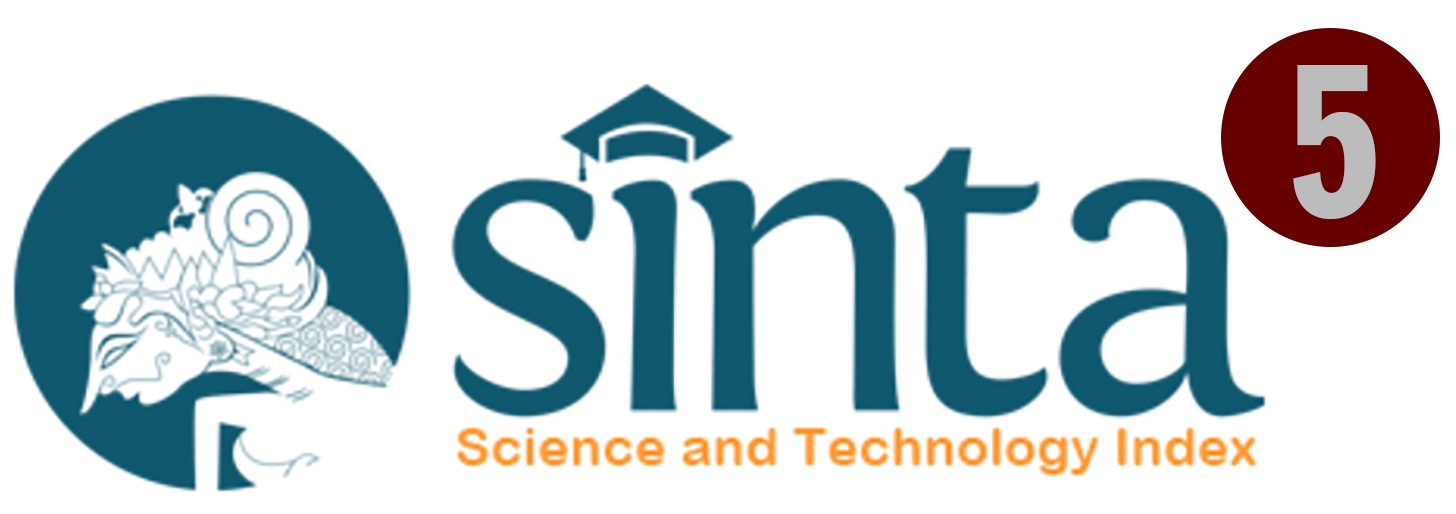Osh risk management of tank sinking procedure using bow tie analysis on the construction of a shell gasoline station in Surabaya
DOI:
https://doi.org/10.12928/posh.v1i2.6454Keywords:
Bow Tie Analysis, Manajemen Risiko K3, Tank SinkingAbstract
Introduction: The rate of work accidents in the construction sector is still high. Such a situation has led to the need for risk management in the area of Occupational Safety and Health (OSH). This study is aimed at finding the OSH risk management of the tank sinking procedure using Bow Tie Analysis method in the construction of a Shell Gasoline Station in Surabaya.
Methods: This is a qualitative descriptive study with case study design. The subjects of the study were the employees of PT Usaha Jaya Engineering who worked on the Tank Sinking procedure in the construction of a Shell Gasoline Station in Surabaya with the minimum service period of 2 years and with a total number of 7 people. Data collection was executed using primary data derived from interviews and field observation as well as secondary data in the forms of supporting documents from the company.
Results: As many as 9 hazards were found in the tank sinking procedure in the construction of a Shell Gasoline Station in Surabaya. These hazards were caused by 5 factors, i.e., human, machine/equipment, method, material, and environment. The possible consequence of such hazards is that the employees may experience light to serious injuries and even fatality. Prevention and mitigation measures might be implemented in 4 hierarchical steps of risk management, i.e., substitution, technical management, administrative management, and personal protective equipment (PPE). This study found 6 escalation factors and the barrier of escalation factor in the tank sinking process.
Conclusion: The tank sinking procedure in the construction of a Shell Gas Station in Surabaya was a job with risks of work accident. Prevention and mitigation measures derived from the Bow Tie analysis might be implemented to prevent work accidents from occurring.
References
Brissel, L., Dupont, L., & Morel, L. (2013). Contribution to setting up a sustainable learning in an Eco-Neighbourhood development plan based on “serious game” May 2019. https://doi.org/10.1109/ITMC.2013.7352607
British Standard Institution. (2018). BSI Standards Publication Risk management — Guidelines. BSI Standard Publication.
Cooper, D. R., & Schindler, P. S. (2017). Metode Penelitian Bisnis. Salemba Empat.
Haikal, M., & Wijaya, S. M. (2018). Risiko Low Back Pain (LBP) pada Pekerja dengan Paparan Whole Body Vibration (WBV). J Agromedicine, 5(1), 529–533.
Hidayat, I. P., & Siswoyo. (2020). Analisa Risiko Kesehatan Dan Keselamatan Kerja Pada Proyek Pembangunan Perumahan Di Sidoarjo Jatim. Jurnal Rekayasa Dan Manajemen Konstruksi, 8(1), 35–44.
International Organization Labour. (2018). Meningkatkan Keselamatan dan Kesehatan Pekerja Muda. In Kantor Perburuhan Internasional , CH- 1211 Geneva 22, Switzerland. http://www.oit.org/wcmsp5/groups/public/---asia/---ro-bangkok/---ilo-jakarta/documents/publication/wcms_627174.pdf
Mamik. (2015). Metodologi Kualitatif (C. Anwar (ed.)). Zifatama Publishing.
Ramli, S. (2020). Manajemen Risiko Dalam Perspektif K3 OHS Risk Management. Dian Rakyat. https://doi.org/10.24252/idaarah.v3i2.11281
Sari, M. P. (2017). Keselamatan dan Kesehatan Kerja “Manajemen dan Implementasi K3 di Tempat Kerja. 1(2), 108–118.
Simanjuntak, M. R. A., & Praditya, R. (2012). Identifikasi Penyebab Risiko Kecelakaan Kerja Pada Kegiatan Konstruksi Bangunan Gedung di DKI Jakarta. Jurnal Ilmiah Median Engineering, 2, 85–99.
Simarmata, J., Makbul, R., Mansida, A., Amsah, L. O. M. Y., Rachim, F., Dharmawan, V., Bachtiar, E., Sumantrie, P., Simbolon, S., Erdawaty, Muadzah, & Herno Della, R. (2022). Keselamatan dan Kesehatan Kerja. In Https://Medium.Com/. https://medium.com/@arifwicaksanaa/pengertian-use-case-a7e576e1b6bf
Sultan, M. (2021). Higiene Industri Penerapan di Sektor Perusahaan. Mazda Media.
U.S. Department of Health and Human Service. (2016). Toxicological Profile for Hydrogen Sulfide and Carbonyl Sulfide (Issue November). https://www.atsdr.cdc.gov/toxprofiles/tp114.pdf
Zulkarnain, M., Flora, R., Novrikasari, Harto, T., Apriani, D., & Adela, N. (2018). The risk quotient of sulfide hydrogen toward lung vital capacity of people living around landfill area. Kesmas, 12(3), 142–147. https://doi.org/10.21109/kesmas.v12i3.1302
Downloads
Published
How to Cite
Issue
Section
License
Copyright (c) 2023 Oktomi Wijaya, Laely Ufiz Tsani Sugiyana

This work is licensed under a Creative Commons Attribution 4.0 International License.
Authors who publish with POSH (Periodicals of Occupational Safety and Health) agree to the following terms:
- All articles published are Open Access which means they will be immediately and permanently free for everyone to read and download. We use the CC-BY-SA license options under the Creative Commons Attribution License (CC BY-SA 4.0). Creative Commons Attribution License (CC BY-SA 4.0). CC-BY-SA assures that all works will be available under CC-BY-SA always and no risk of commercial actions against the will of the copyright holder.
- Anyone can use, copy and disseminate the material in any medium or format; as well as re-use, re-mix, transform, and build upon the material for any purpose, even commercially. However, they must acknowledge the authors by giving appropriate credits (cite to the article or content), provide a link to the license, and indicate if changes were made and use under the same license as the original.
- Authors have the right to retain patent, trademark, and other intellectual property rights (including research data).
- Authors have the right to proper attribution and credit for the published work.
Copyright Transfer Agreement
- Universitas Ahmad Dahlan as the publisher of the POSH (Periodicals of Occupational Safety and Health), the Editors, and the Editorial Board Members of the POSH (Periodicals of Occupational Safety and Health) make every effort to ensure that no wrong or misleading data, opinions, or statements are published in the journal. In any way, the contents of the articles and circulars published in the POSH (Periodicals of Occupational Safety and Health) are the sole and exclusive responsibility of their respective authors.
- The publisher may revoke the publication for violating the ethical code of conduct.







